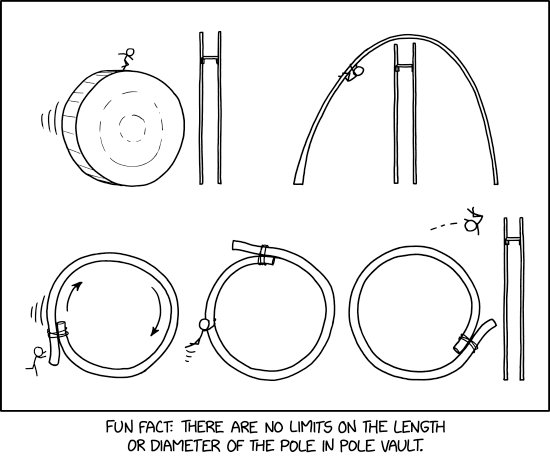Fri 13 Mar 2009
6:00AM
compton
Future of Computing: Silent, Capable, Low Power
In the early days of home PCs, back in the days of the 386 CPU, the machines ran almost completely noiselessly. The processor itself required no fan, and there was no call for case fans. The only fan would be found in the power supply, where it cooled the large step-down transformers.
Not so any more. Start up your home PC and you might as well be transported to the deck of an aircraft carrier. You have a CPU cooling fan, often another fan on your graphics card, and more and more frequently case fans are needed too. A typical PC can easily make enough noise to drown out low volume dialogue in movies and to mask the subtler nuances of the music you listen to.
But there is an alternative - a low spec processor that is able to run without a fan and only a heatsink, something like the VIA C7. It is fully x86 compatible, and can operate at 800 to 1500 MHz. The systems draw very little power in operation - typically around 20W, which is comparable to a modern low-energy lightbulb. This means you can supply system power with a silent external 'brick' transformer. For speeds up to 1GHz, when the CPU has the designation Eden, it requires no fan, giving the promise of a completely noiseless system.
compton
4:15 am, Sunday, 15 March 09
|
compton
4:36 pm, Sunday, 15 March 09
|
compton
12:41 am, Monday, 30 March 09
|
compton
1:07 am, Monday, 30 March 09
|
compton
6:54 pm, Wednesday, 1 April 09
|
|
|
/xkcd/ Pole Vault Pole



